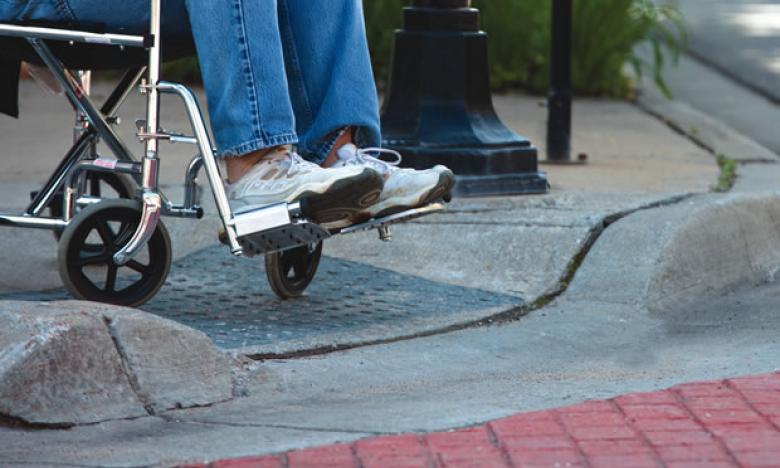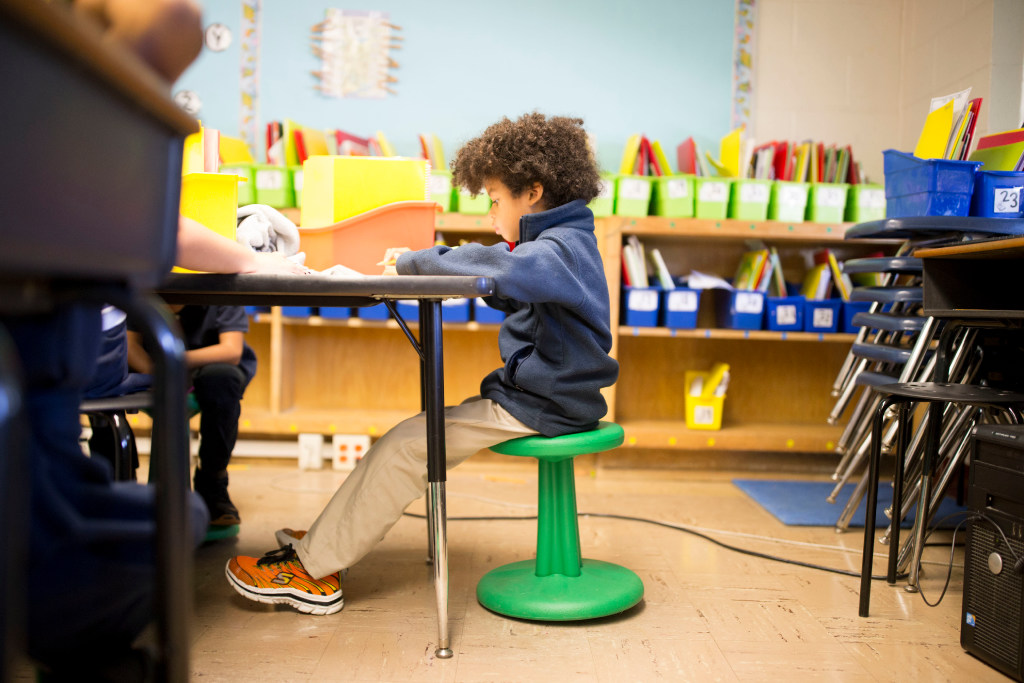Assistive Technology: OrCam Read
Reading is a fun diversion, whether it’s a riveting novel or an interesting blog post or a funny tweet. It becomes a challenge when you are sleep-deprived or in a noisy environment and it’s hard to concentrate. This simple activity poses an even greater challenge for people with cognitive impairments that affect their ability to read.
Assistive Technology: OrCam Read Read More »







